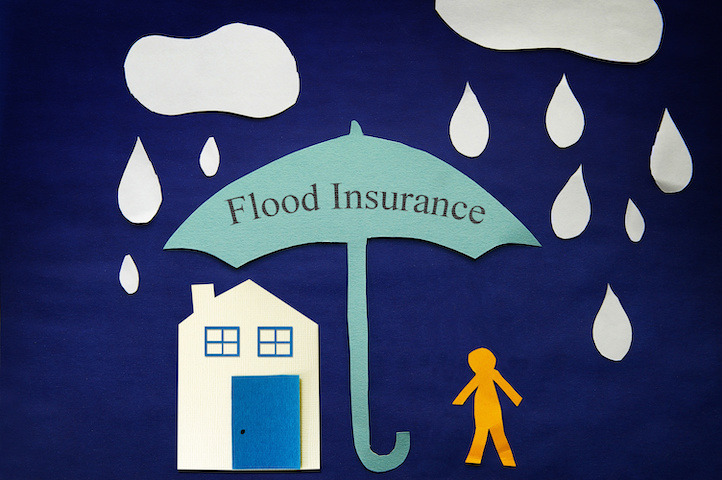Living in Florida, I’ve come to understand the unique challenges posed by our beautiful yet unpredictable environment. At J&R Restoration, we specialize in helping homeowners recover from water damage and other disasters that can strike without warning. Today, I want to discuss an important topic: whether flooding insurance is required in Florida.
Is Flooding Insurance Required in Florida?
Federal Regulations (FEMA Requirements)
When it comes to flood insurance, federal regulations play a significant role. The Federal Emergency Management Agency (FEMA) mandates that properties located in high-risk flood zones—known as Special Flood Hazard Areas (SFHAs)—must have flood insurance if they are financed through federally regulated or insured lenders. These areas are designated based on historical data and the likelihood of flooding events occurring.
For homeowners outside these high-risk zones, while there is no federal requirement for flood insurance, FEMA still strongly recommends considering coverage due to the unpredictable nature of weather patterns and climate change impacts. Even low-to-moderate risk areas account for more than 20% of National Flood Insurance Program claims, highlighting that floods can happen anywhere.
To determine whether your property falls within an SFHA or another risk category, you can consult FEMA’s online resources like their Flood Map Service Center which provides detailed maps indicating various levels of risk across different regions.
State-Specific Guidelines
Florida does not impose additional state-level requirements mandating residents purchase flood insurance beyond those established by federal guidelines. However, local municipalities may have specific building code ordinances aimed at reducing the overall vulnerability communities face from potential flooding hazards, especially new construction developments planned near the coast and environments prone to experiencing frequent flooding events.
Benefits of Having Flood Insurance Even if Not Required
Financial Protection
One of the most compelling reasons to invest in flood insurance, even when it’s not mandated, is the financial security it provides. The costs associated with repairing flood damage can be astronomical. From structural repairs and electrical system replacements to furniture restoration and mold remediation, these expenses quickly add up. Without adequate coverage, homeowners might find themselves facing substantial out-of-pocket costs that could lead to significant financial hardship or debt.
Flood insurance helps mitigate these risks by covering a wide range of damages caused by flooding events. This means you won’t have to dip into your savings or take on loans just to restore your home after a disaster strikes.
Peace of Mind
Beyond the tangible financial benefits lies an equally important aspect: peace of mind. Knowing that you are protected against one of nature’s most unpredictable forces allows for greater confidence in safeguarding your property and loved ones. It alleviates stress during storm seasons—particularly hurricane season—when anxiety levels tend naturally to rise due to concerns about potential flooding incidents.
How To Obtain Flood Insurance in Florida
Assessing Your Risk
First, determine your property’s flood risk by consulting FEMA’s Flood Map Service Center. This tool helps identify if your property lies within a high-risk area (Special Flood Hazard Area – SFHA) or moderate-to-low-risk zones.
- High-Risk Areas: Properties in these areas have at least a 1% annual chance of flooding.
- Moderate-to-Low-Risk Areas: These properties still face potential floods but with lower frequency.
Choosing Between NFIP and Private Insurance
In the U.S., most flood insurance policies are offered through:
- National Flood Insurance Program (NFIP): Managed by FEMA, it offers standardized rates based on specific criteria like location and building characteristics.
- Private Insurers: Some private companies offer their own plans that may provide broader coverage options than NFIP policies.
Getting Quotes from Providers:
Contact multiple providers for quotes:
- For NFIP Policies: Use the official website to find participating insurers or contact local agents directly.
- For Private Policies: Reach out to private insurers specializing in comprehensive flood coverages beyond what NFIP might offer.
Ensure you gather details about premiums, deductibles, and policy limits on both structure and contents coverage before making comparisons.
Evaluating Policy Options & Costs:
When comparing different quotes:
- Consider factors such as cost-effectiveness vs breadth of coverage provided
- Check customer reviews regarding claim handling processes
- Look into additional benefits unique to certain providers
Remember, higher risks translate into higher premiums, hence balancing affordability with sufficient protection becomes crucial.
Additional points include exploring possible discounts available via installing preventive measures eg sump pumps; waterproof basements, etc.
The next steps after selecting a suitable plan would be proceeding with the application process itself, followed by finalizing documentation/payment aspects.
Ensuring understanding regarding renewal protocols, maintaining timely payments, and keeping updated records along with other necessary compliance requirements are integral parts of the process, too!


